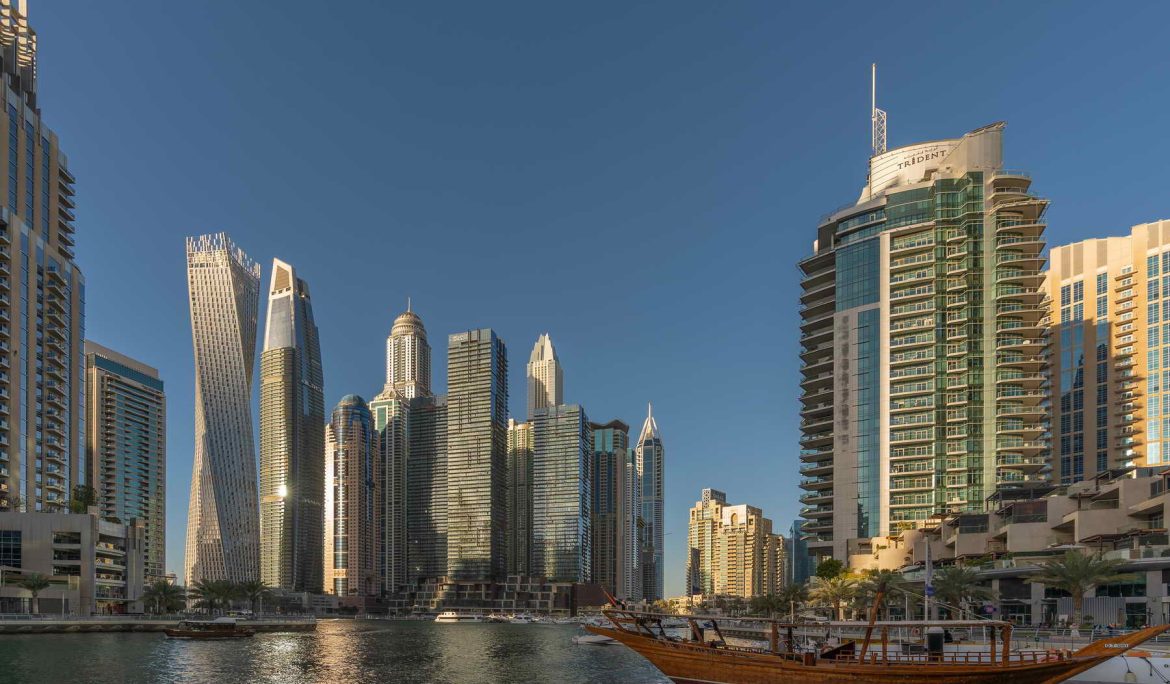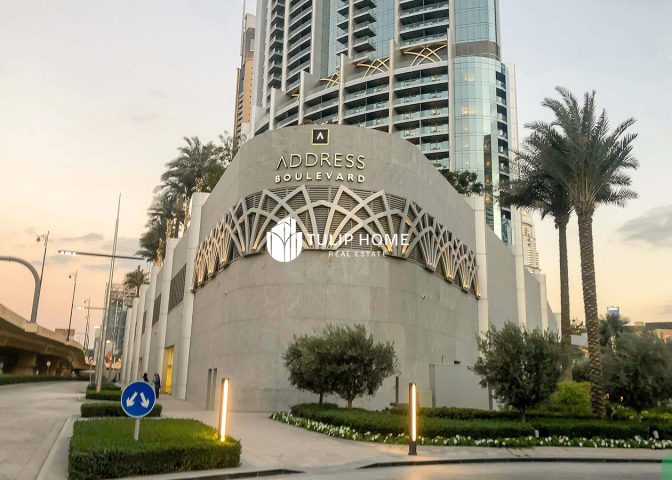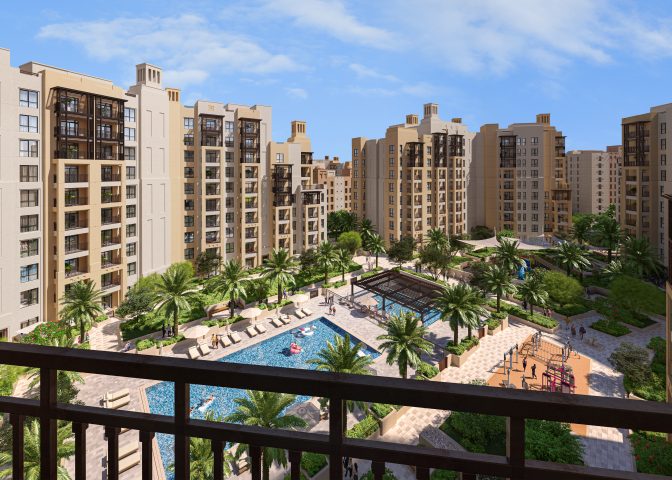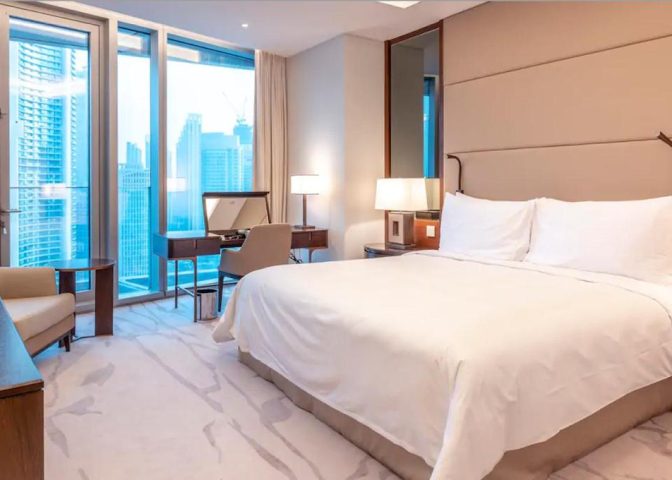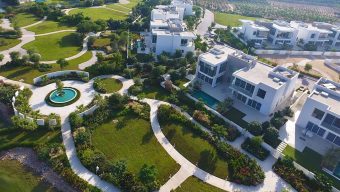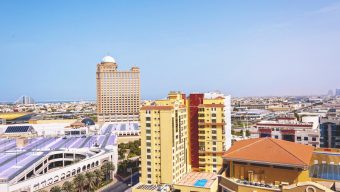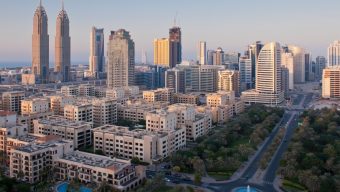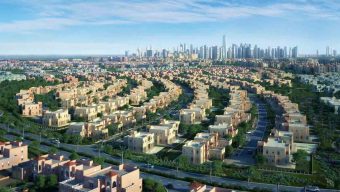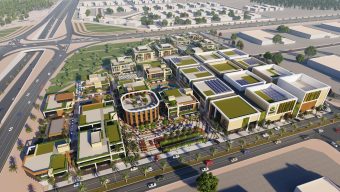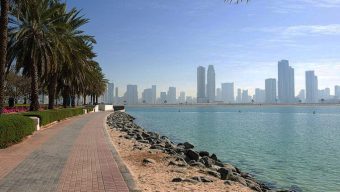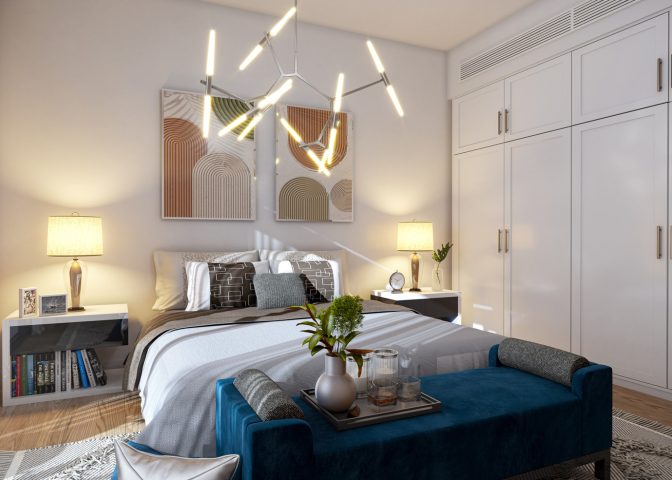According to new data, prices of residential properties in Dubai have increased for the eleventh straight quarter, rising by 5%. Over the previous year, prices of flats in Dubai South have increased by 73%.
According to real estate consultancy Knight Frank, average residential property prices increased by 5% in Q3 2023, representing a 30% increase since Q1 2020 and a 19% annual growth rate. Despite this, prices are still 7% below the 2014 peak.
According to Faisal Durrani, partner and head of research for MENA, sales in the secondary market amounted to 51% of transactions in the first nine months of 2023, indicating a large percentage of end users. In contrast, Dubai’s primary markets accounted for 4.8% of transactions by total value.
Ready homes sold for AED 104.9 billion for the first nine months of the year, while off-plan market sales came to AED 100 billion ($27.2 billion).
In Q3 2023, apartment prices in Dubai increased by 5.1% to over AED 1,300 per square foot, a 26% rise from Q1 2020, although still 10% below the peak in 2014.
Between June and September, the average price of a Dubai villa increased by 4.5%, to AED 1,580 per square foot, a 57% rise since Q1 2020.
Over the previous 12 months, apartment prices in the Dubai South neighborhood had climbed by 73%, Jumeirah Lakes Towers by 67%, and Umm Suqeim Third by 37%.
With prices rising by 33% in Q3, Dubai South villas have also seen the biggest quarterly price surge.
According to Knight Frank, the Palm Jumeirah continues to be the most expensive apartment submarket, with prices per square foot of AED 3,390, 122% higher than Q1 2020 levels.
As they accounted for around 80% of transactions in Q2 2023, cash purchasers continued to dominate the market, protecting it from rising borrowing costs and driving record sales in 2023.
“While cash transactions have been at their highest level on record at 82.4% during H1 2023, there’s a possibility that many buyers will consider refinancing in the future,” the report said.
According to the agency, the city’s population is expected to reach 7.8 million by 2040, which means that residential development will need to significantly increase, particularly in prime markets where only 368 homes are currently under construction. When branded residences are excluded, there will be 77,874 homes due for delivery by 2028, which is significantly less than historical building rates.
“In the past, Dubai’s residential property market has been affected by an oversupply, which has hindered capital value growth,” the report said.
“However, developers have been measured in addressing the current demand, leading to noteworthy price appreciation.”
Durrani said: “Our forecasts are not without risk. A global economic slowdown and the knock-on impact on the local economy, combined with the risk of an escalation in regional tensions are medium to high risks, with the latter potentially emerging as a key catalyst for higher oil prices.
“This in turn could fuel global inflation and higher interest rates, which could drive up borrowing rates further and therefore dampen demand.”
-Patrick Bernardo
Chief Operating Officer

